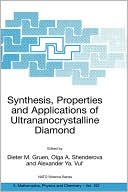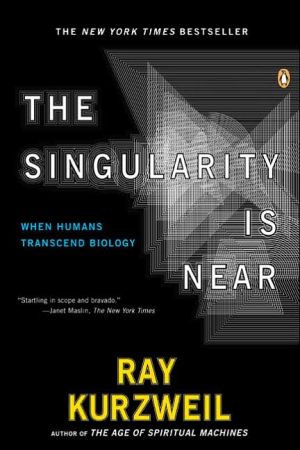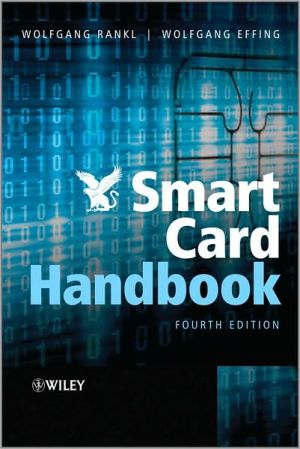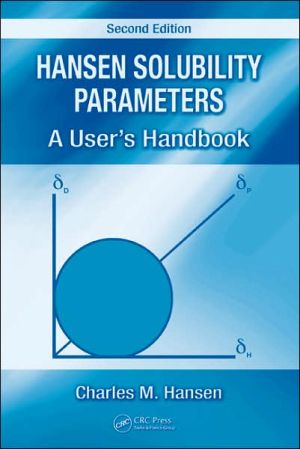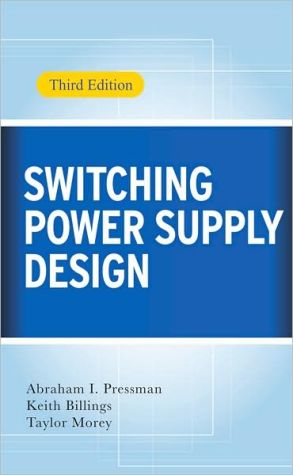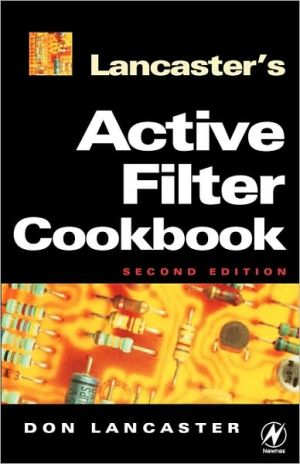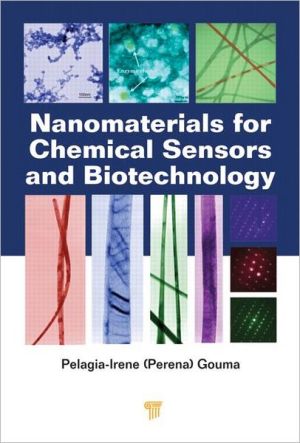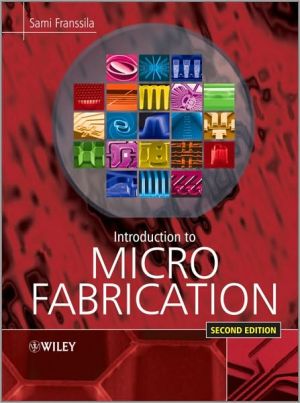Synthesis, Properties and Applications of Ultrananocrystalline Diamond
Search in google:
Ultrananocrystalline diamond (UNCD) is one of the important triad of nanostructured carbons which includes fullerenes and nanotubes. This new kind of diamond composed of 3–5 nm crystallites is an exemplar par excellence of the profound changes in properties that can accompany the reduction in size of a material to low single digit nanometer dimensions. UNCD occurs in two forms: as a dispersed powder made by detonation techniques and as a chemical vapor deposited film. Two communities of scientists, each focused on one of these fields, had up to now, been working independently of each other largely unaware of the vast synergistic relationships existing between them. The NATO Advanced Research Workshop (ARW), the basis for the Proceedings, was held June 7–10 in St. Petersburg, Russia to bring the two communities closer together. Fostering collaborations between them, to hasten the exploitation of the scientific and technological treasure trove awaiting imaginative explorers to reveal the still largely untapped potential hidden in these materials.This Proceedings volume will be of interest to a wide audience of scientists and engineers - indeed all those who wish to become familiar with the unique properties of UNCD particles and films that make them potentially very useful for a wide variety of applications. It is particularly noteworthy that much of the Russian work on disperse UNCD is available here in English for the first time. The outstanding experts in the two fields are represented in this volume discussing the basic theoretical concepts underlying the synthesis and characterization of these nanomaterials on the one hand and describing progress that has been made in several areas of applications. For UNCD particles, applications include their use in nanocomposites, selective adsorbents, colloidal suspensions, microabrasives, lubricants, quantum dots, cold-cathodes and many others. For UNCD films, their smooth, highly dense, pin-hole free characteristics lead to conformal coatings of very high aspect ratio structures and applications in MEMS, biosensors, as well as electrochemical, and nerve prostheses. The films can be made both n- and p-type conducting thus enabling many potential electronic applications such as high temperature, highly rectifying diodes, FET’s, thermoelectrics, etc.The Proceedings will be very useful as an introduction to an important and rapidly evolving field of nanoscience and nanomaterials; as a text for a special topics graduate course; or as a starting point for those interested in the development of new approaches to problems that have hitherto defied solution for lack of suitable materials. It is to be hoped that the wider scientific community will be as intrigued and challenged by these presentations as were the participants of the NATO ARW.
INew forms of nanocarbon : theory and observation1Carbon family at the nanoscale12Structural and electronic properties of isolated nanodiamonds : a theoretical perspective153From nanodiamond to nanowires254Quantum chemical studies of growth mechanisms of ultrananocrystalline diamond395Nanodiamonds in the cosmos microstructural and trapped element isotopic data496Diamond molecules found in petroleum : new members of the H-terminated diamond series63IIUltrananocrystalline diamond films7Synthesis of nanocrystalline diamond films in Ar/H[subscript 2]/CH[subscript 4] microwave discharges798Modelling of Ar/H[subscript 2]/CH[subscript 4] microwave discharges used for nanocrystalline diamond growth939Nanodiamond seeding for nucleation and growth of CVD diamond films10910Mechanism and properties of nanodiamond films deposited by the DC-GD-CVD process12511Nanodiamond injection into the gas-phase during CVD diamond film growth14512Stabilization of diamond-like nanoclusters by metallic atoms and the epitaxial growth of diamond films : ab initio simulation157IIIDetonation nanodiamond13The formation kinetics of detonation nanodiamonds16914Nanocarbon phase diagram and conditions for detonation nanodiamond formation18115Nanodiamond graphitization and properties of onion-like carbon19916Physical and chemical problems of modification of detonation nanodiamond surface properties21717Disintegration and purification of crude aggregates of detonation nanodiamond : a few remarks on nano methodology23118Purification and functionalization of nanodiamond24119Interaction of carbon atoms with nanodiamond surface25320Physical and chemical properties of modified nanodiamonds26121Magnetic resonance study of nanodiamonds27122Infrared spectra of explosion nanodiamonds : a comparison with spectra of hydrogenated amorphous carbon films28323Conversion of elemental substances and inorganic compounds to carbon nanostructures28924The fine and fractal structure and protonic conductivity of phosphosilicate-diamond sol-gel nanocomposites29925Facilities for ultradisperse diamond production31126Ultradisperse diamond regeneration from composite electrolytes of chromium plating32127Synthesis and processing of Chelyabinsk detonation nanodiamonds33328Conversion raw materials in industrial production of ultradisperse diamonds33729Ultradisperse diamond modifications in the composite gilding process345IVApplications of nanodiamond30Applying CVD diamond and particulate nanodiamond35731Electronic properties and applications of ultrananocrystalline diamond37332Thermoelectric effect in field electron emission from nanocarbon383
